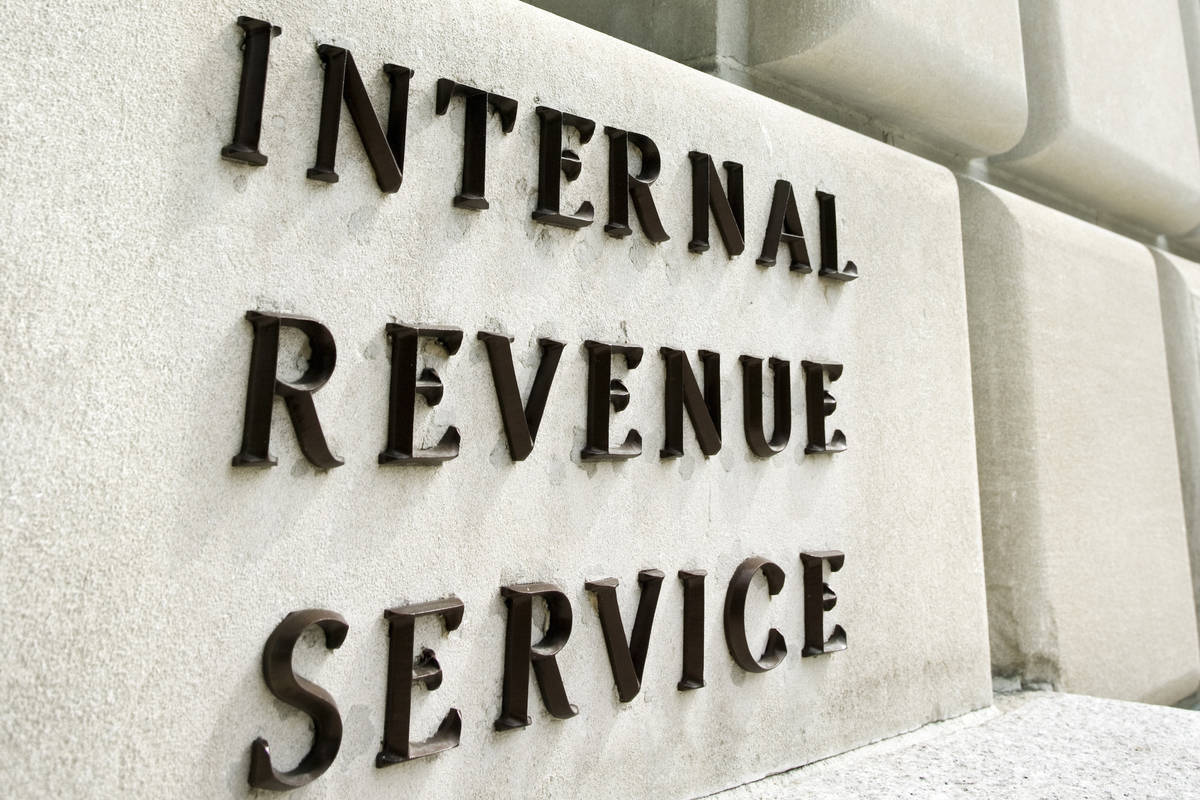
The Internal Revenue Service on Thursday reminded taxpayers who filed an extension that the Oct. 15 due date to file their 2019 tax return is near. Taxpayers should file their tax returns on or before that date, and for those who still owe, pay as soon as possible to reduce any penalties and interest.
Convenient electronic filing options, including IRS Free File, are still available. Taxpayers and tax professionals should continue to use electronic options to support social distancing and speed the processing of tax returns, refunds and payments.
Although Oct. 15 is the last day for most people to file, some taxpayers may have more time. They include members of the military and others serving in a combat zone, who typically have 180 days after they leave the combat zone to file returns and pay any taxes due; and taxpayers in federally declared disaster areas who already had valid extensions, who can find details on the disaster relief page on IRS.gov.
The safest and fastest way for taxpayers to get their refund is to have it electronically deposited into their bank or other financial account. Taxpayers can use direct deposit to deposit their refund into one, two or even three accounts. Direct deposit is much faster than waiting for a paper check to arrive in the mail.
After filing, use the Where’s My Refund? tool on IRS.gov or download the IRS2Go mobile app to track the status of a refund.
Taxpayers can make their federal tax payments online, by phone or with their mobile device and the IRS2Go app. When paying federal taxes electronically, taxpayers should remember electronic payment options are the optimal way to make a tax payment. They can pay when they file electronically using tax software online. If using a tax preparer, taxpayers should ask the preparer to make the tax payment through an electronic funds withdrawal from a bank account.
IRS Direct Pay allows taxpayers to pay online directly from a checking or savings account for free and to schedule payments up to 365 days in advance. Taxpayers can choose to pay with a credit card, debit card or digital wallet option through a payment processor. No fees go to the IRS.
The IRS2Go app provides the mobile-friendly payment options, including Direct Pay and Card Payment Providers on mobile devices.
Taxpayers may also enroll in the Electronic Federal Tax Payment System and have a choice of paying online or by phone by using the EFTPS Voice Response System.
Taxpayers can go to IRS.gov/account to securely access information about their federal tax account. They can view the amount they owe, access their tax records online, review their payment history and view key tax return information for the most recent tax return as originally filed.
Several payment options are available on IRS.gov/payments to help taxpayers who can’t pay in full, and some can offer taxpayers smaller penalties. Taxpayers should know that though interest and late-payment penalties continue to accrue on any unpaid taxes after the original July 15 due date, the failure to pay tax penalty rate is cut in half while an installment agreement is in effect.
The usual penalty rate of 0.5% per month is reduced to 0.25% per month. For the calendar quarter beginning Oct. 1, the interest rate for underpayment is 3%.
Though most Americans, more than 160 million, have already received their Economic Impact Payments, the IRS reminds anyone with little or no income who is not required to file a tax return that they may be eligible to receive an Economic Impact Payment.
Available in both English and Spanish, the Non-Filers tool on IRS.gov is designed for people with incomes typically below $24,400 for married couples and $12,200 for singles. This includes couples and individuals who are experiencing homelessness. People must enter their information by Nov. 21 to get a payment this year.
People can qualify for a payment even if they don’t work or have no earned income. But low- and moderate-income workers and working families eligible to receive special tax benefits, such as the Earned Income Tax Credit or Child Tax Credit, cannot use this tool. They will need to file a regular return as soon as possible. The IRS will use their tax return information to determine and issue any EIP for which they are eligible.
Taxpayers may find answers to many of their questions using the Interactive Tax Assistant, a tax law resource that works using a series of questions and responses. IRS.gov has answers for frequently asked questions and has tax information in Spanish, Chinese, Korean, Russian, Vietnamese and Haitian Creole.